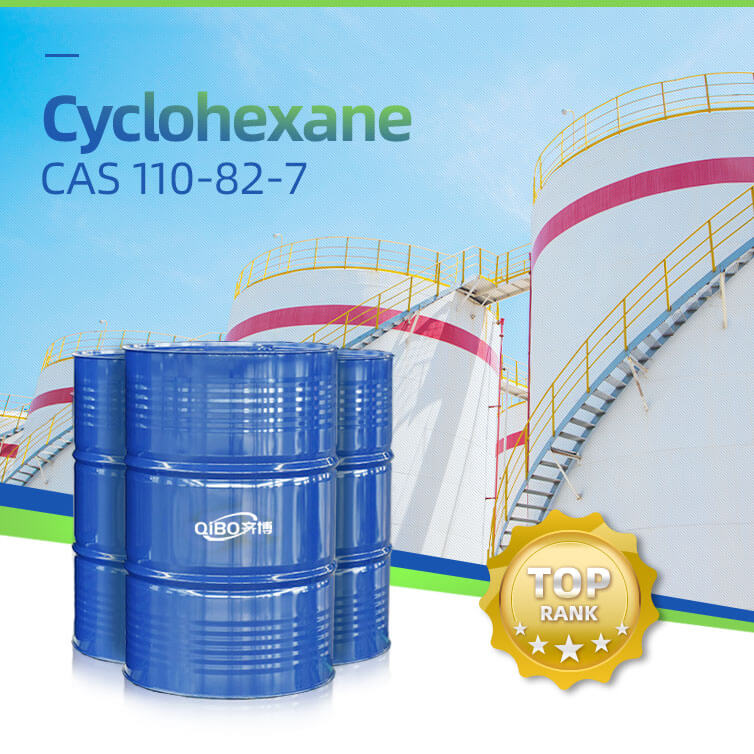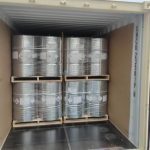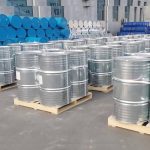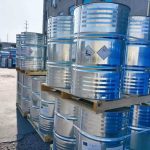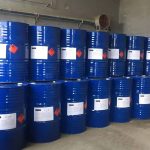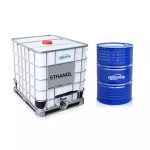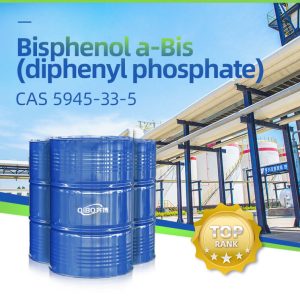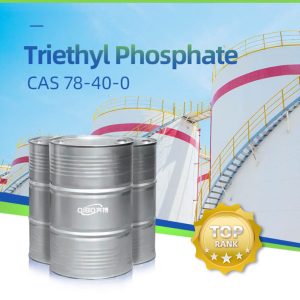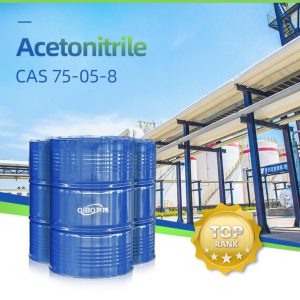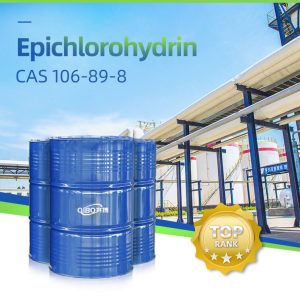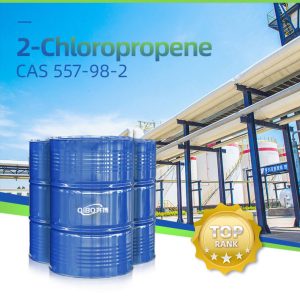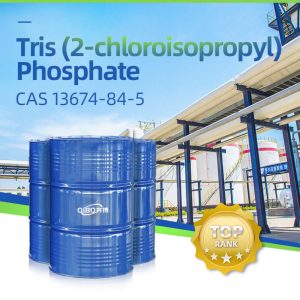
PROUDCTS
Home » PRODUCT » Aldehyde&Ketone » Cyclohexane
Product introduction
| CAS NO. | 110-82-7 | Formula | C6H12 |
| EINECS NO. | 203-806-2 | Molecular weight | 84.160 |
| Melting point | 6.5 ℃ | HS CODE | 29021100 |
| Boiling point | 80.7 ℃ | Critical temperature | 385.9℃ |
| Density | 0.79 g/cm³ | UN NO. | 1145 |
| Appearance | Colorless liquid | CLASS | 3 |
| Flash point | -18 ℃(CC) | Solubility | Insoluble in water, soluble in most organic solvents such as ethanol, ether, benzene, acetone, etc. |
Cyclohexane is an organic compound with a chemical formula of C6H12. It is a colorless liquid with a pungent odor, insoluble in water, and soluble in most organic solvents such as ethanol, ether, benzene, and acetone.
chemical properties
Volatile and extremely flammable, the vapor and air form an explosive mixture with an explosion limit of 1.3 to 8.4% (volume). In case of open flame and high heat, it is easy to burn and explode. In contact with the oxidant, it will react strongly and even cause combustion. In the event of a fire, there is a risk of explosion of heated containers. Its vapor is heavier than air, and can spread to a considerable distance at a lower place.
It is relatively stable to acids and bases, and does not react with moderate concentration of nitric acid or mixed acid at low temperature, and undergoes nitration reaction with dilute nitric acid in a sealed tube above 100 °C to generate nitrocyclohexane. Under the catalysis of platinum or palladium, dehydrogenation reaction occurs above 350 °C to form benzene. Isomerized at high temperature together with alumina, molybdenum sulfide, cobalt, nickel and aluminum to generate methyl pentane. It is isomerized to methylcyclopentane with aluminum trichloride under mild conditions.
Cyclohexane can also undergo oxidation reaction, and the main products obtained under different conditions are different. For example, 90% cyclohexanol can be obtained by air oxidation at 185-200°C and 10-40 atmospheres. If the cobalt salt or manganese salt of fatty acid is used as a catalyst at 120-140° C. and 18-24 atmospheric pressure, and air is oxidized, a mixture of cyclohexanol and cyclohexanone is obtained. Adipic acid is obtained by direct oxidation of cyclohexane with air, concentrated nitric acid or nitrogen dioxide at high temperature. In the presence of oxides of palladium, molybdenum, chromium and manganese, gas phase oxidation is carried out to obtain maleic acid. It reacts with halogens to form halides under sunlight or ultraviolet light. It reacts with nitrosyl chloride to generate cyclohexoxime. Using aluminum trichloride as a catalyst to react cyclohexane with ethylene to produce ethylcyclohexane, dimethylcyclohexane, diethylcyclohexane and tetramethylcyclohexane.
The main purpose
1. It is used as a solvent for rubber, paint and varnish, as a thinner for adhesives, and as a grease extractor. Due to its low toxicity, it is often used instead of benzene for degreasing, degreasing and paint stripping. This product is mainly used for making nylon monomers adipic acid, hexamethylenediamine and caprolactam, and also used as raw material for making cyclohexanol and cyclohexanone;
2. Used as analytical reagents, such as solvents, standard substances for chromatographic analysis. Also used in organic synthesis;
3. Complexometric titration of copper, iron, silicon, aluminum, calcium, magnesium, etc.; chromatographic analysis of standard substances;
4. Used as a photoresist solvent;
5. For the extraction of essential oils;
6. Cyclohexane is a cleaning and degreasing agent, MOS grade is mainly used for discrete devices, medium and large scale integrated circuits, and BV-III grade is mainly used for very large scale integrated circuits.
Handling and Storage
Operation precautions: closed operation, full ventilation. Operators must undergo special training and strictly abide by operating procedures. It is recommended that operators wear self-priming filter respirators (half masks), safety glasses, anti-static work clothes, and rubber oil-resistant gloves. Keep away from fire and heat sources, and smoking is strictly prohibited in the workplace. Use explosion-proof ventilation systems and equipment. Prevent vapors from leaking into the workplace air. Avoid contact with oxidants. When filling, the flow rate should be controlled, and there should be a grounding device to prevent the accumulation of static electricity. When handling, it should be lightly loaded and unloaded to prevent damage to packaging and containers. Equipped with the corresponding variety and quantity of fire fighting equipment and leakage emergency treatment equipment. Empty containers may be harmful residues.
Storage Precautions: Store in a cool, ventilated warehouse. Keep away from fire and heat sources. The storage temperature should not exceed 30℃. Keep container tightly closed. should be kept away from oxidizer, do not store together. Use explosion-proof lighting and ventilation facilities. Prohibit the use of mechanical equipment and tools that are prone to sparks. Storage areas should be equipped with emergency release equipment and suitable containment materials.


